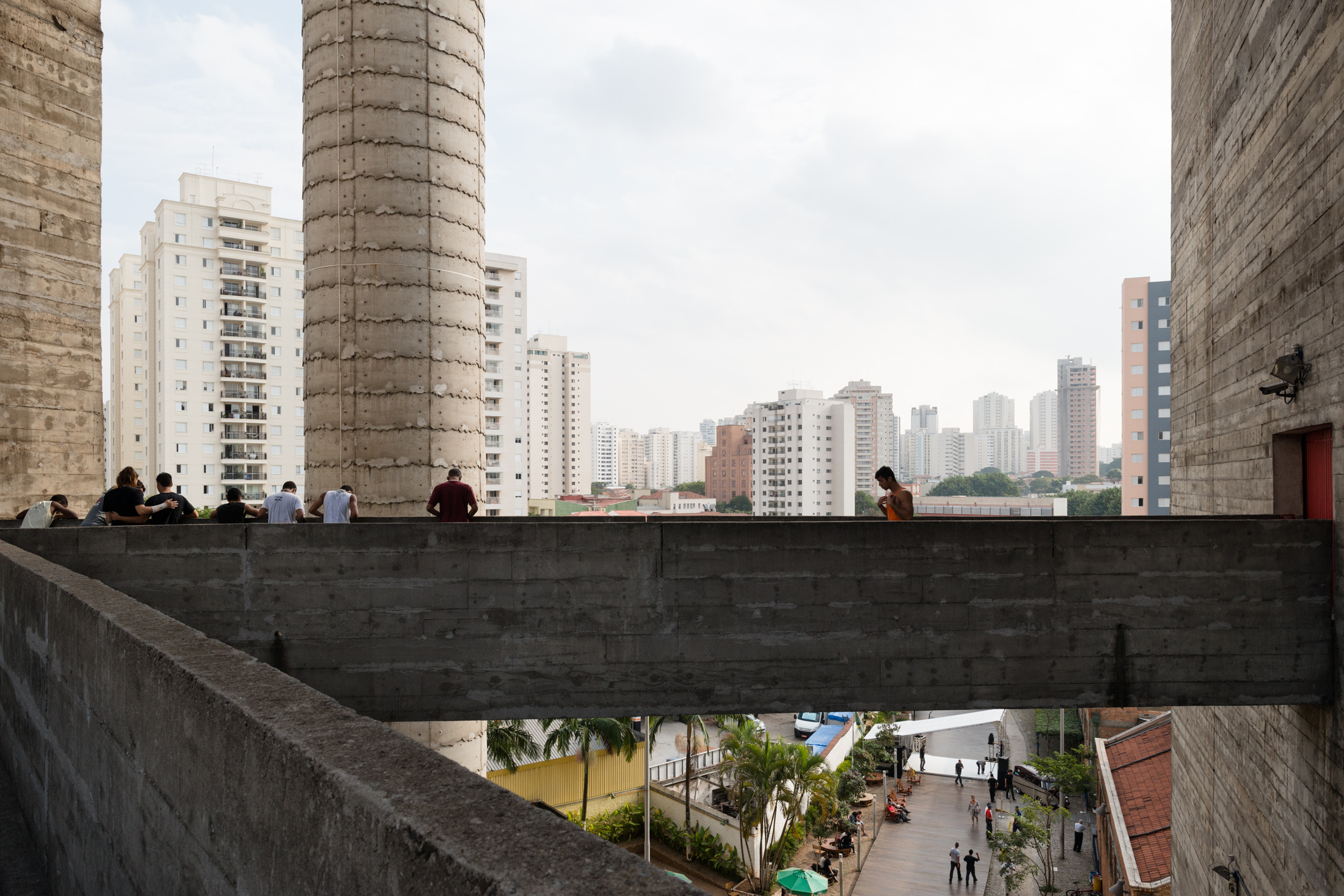New York, Kyoto, and Tokyo
June 9–October 8, 2018
Following a presentation in Rabat, Morocco, in March 2018 and an exhibition in Hangzhou, China, April-August 2018, the bauhaus imaginista international program continues with a symposium in New York and an exhibition and conference in Kyoto and Tokyo, Japan. The three year research project bauhaus imaginista highlights the impact and reception of the Bauhaus in the context of major 20th century geopolitical change. As part of the bauhaus imaginista international program, in 2018 four separately developed exhibitions are being realized in China, Japan, Russia, and Brazil, complemented by discursive events in India, USA, Morocco, and Nigeria in partnership with the local Goethe-Institutes.
bauhaus imaginista: Learning From
Symposium June 9, 2018, Goethe-Institut New York
Speakers: Marion von Osten, Grant Watson, Erin Freedman, Sebastian de Line, Virginia Gardner Troy, Cecilia Vicuña, Elissa Auther, Candice Hopkins, Elvira Espejo, and Luiza Proença
This symposium asks what it means to inscribe cultural materials in a new context, whether this is done by the 19th century ethnographic museum, the avant-garde artist, the mid-century teaching collection or in contemporary art. Specifically, it explores questions of appropriation and ‘learning from’ in the work of Bauhaus émigrés and their students who travelled the Americas to document, and collect the work of Pre-Columbian and contemporary indigenous cultures. The symposium will explore the gaps in these histories—notably the perspective of communities from whom such materials were sourced—including arguments for the return of artefacts, the use and context of objects in their original setting. Prior to the symposium, there will be a study tour to the National Museum of the American Indian, the American Museum of Natural History, the Antonio Ratti Textile Center at the Metropolitan Museum of Art, and the Lenore G. Tawney Foundation.
Curated by Marion von Osten and Grant Watson with the Goethe-Institut New York and researchers Elissa Auther (NYC) and Erin Alexa Freedman (NYC)
bauhaus imaginista: Corresponding With
August 4–October 8, 2018
Exhibition / Symposium
The National Museum of Modern Art, Kyoto / Goethe-Institut Tokyo
This exhibition traces the connections, commonalities and differences between three early 20th century schools: Kala Bhavan, India (1919 to the present), the Research Institute of Life Construction, Japan (1931 to 1936), and the Bauhaus, Germany (1919 to 1933).
It departs from the Bauhaus Manifesto (1919) produced by Walter Gropius to establish the school. The Manifesto drew on a movement that understood the symbolic value of craft to redress the impact of 19th century industrialisation. An emphasis on material experimentation was reflected in the preliminary course and the crafts took root in newly established workshops. The Bauhaus was at the confluence of international ideas on modernism, radical education reforms and the need to rethink the arts in relation to society.
Established by Rabindranath Tagore, Kala Bhavan synthesised Indian traditions with pan Asian sources as well as with the British Arts and Crafts movement and European avant-garde. The exhibition includes instructional postcards by Nandalal Bose, who helped develop the school’s curriculum, and a range of pedagogic writings. It also features rare examples of textiles, ceramics, furniture and murals reflecting Kala Bhavan’s social integration of art and craft.
The architect Renshichiro Kawakita was key to the introduction of the Bauhaus’s teachings to Japan. In the 1920s and 1930s he maintained a close dialogue with former Bauhaus students Iwao and Michiko Yamawaki and Takehiko Mizutani, who taught at the Seikatsu Kosei Kenkyusho school he founded in Tokyo in 1931. Earlier, Kawakita had developed the experimental Seikatsu Kosei Exhibition in Tokyo that combined principles from the Bauhaus with the Japanese modernist movement and local crafts.
Artist Luca Frei restages this historic exhibition as a sculptural installation, including elements of handicraft, architecture, and printmaking, and gives a reading of rare documentary photographs. The Otolith Group’s film O Horizon for bauhaus imaginista—produced in collaboration with the Rubin Museum of Art—includes rare footage of Kala Bhavan and the wider context of Santiniketan and Sriniketan, to explore the material production of the school as well as the Tagorean imagination for the 21st Century.
This transnational art education movement of the early 20th century provides the point of departure for a symposium on August 5 at the Goethe-Institut Tokyo, exploring the extent to which these schools impacted on Japanese and Indian societies.
Corresponding With is curated by Marion von Osten and Grant Watson in collaboration with Yuko Ikeda (Tokyo) and Jin Motohashi (Kyoto). Researchers: Helena Čapková (Tokyo), Anja Guttenberger (Berlin), Hiromitsu Umemiya (Kobe), Anshuman Dasgupta (Santiniketan) and Partha Mitter (Oxford).
bauhaus imaginista is a collaboration between the Bauhaus Cooperation Berlin Dessau Weimar, the Goethe-Institut and Haus der Kulturen der Welt, Berlin (HKW). The research project with its different exhibitions, workshops and symposia is taking place for the centenary of the founding of the Bauhaus. It will be enhanced with international perspectives of the Goethe-Institut and conclude at HKW as part of the long-term project 100 Years of Now in 2019.
bauhaus imaginista is made possible by funds from the German Federal Government Commissioner for Culture and the Media, the German Federal Cultural Foundation and the German Foreign Office.
Subscription for the newsletter of bauhaus imaginista under www.bauhaus-imaginista.org



